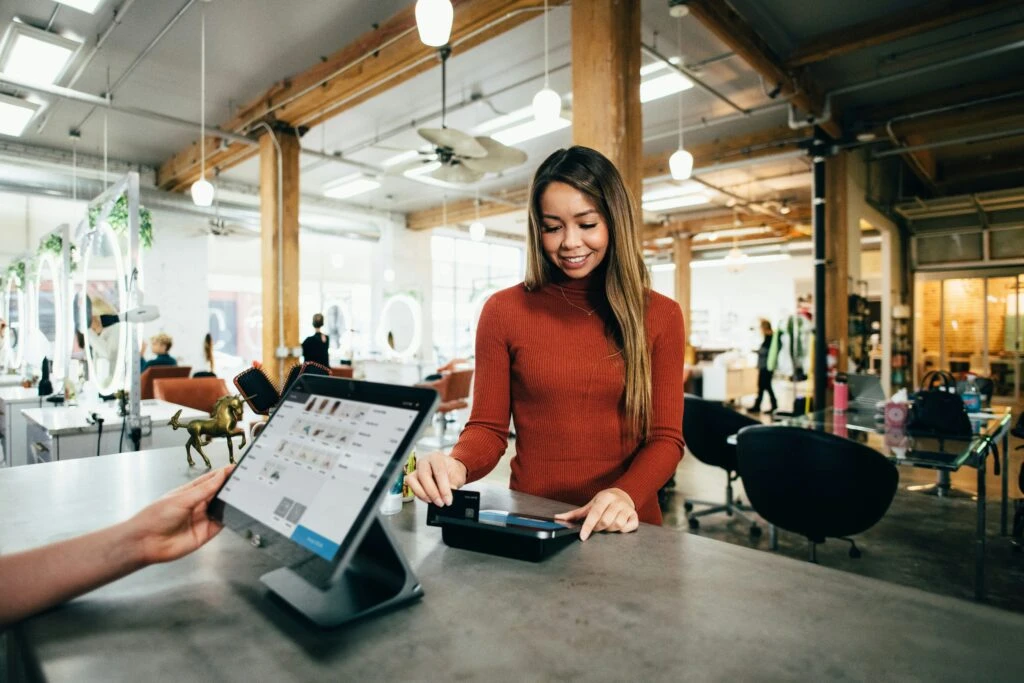Make your program a daily habit, not a one-off perk. Mobile apps let a brand reward behavior and deliver VIP access, exclusive content, and fast, personalized offers.
Fast, simple, and secure matter most to Gen Z and busy shoppers. Top apps use clear design, real-time engagement, and gamification to boost retention and sales.
You’ll see which platforms speed time-to-market and which features—mobile wallets, push notifications, and encryption—earn trust. Real examples like Starbucks, H&M, and Tesco show how a program moves from occasional reward to everyday habit.
Whether you start with a SaaS platform or build a custom product, this guide helps you choose the right tools, measure impact, and protect data while increasing engagement and revenue.
Key Takeaways
- Mobile apps turn rewards into routine, improving retention and sales.
- Prioritize personalization, seamless design, and real-time offers.
- Look for platforms that enable quick pilots before full rollout.
- Include security: encryption and two-factor verification.
- Measure program performance and optimize for lifetime value.
Why loyalty apps matter now for retention, revenue, and customer engagement
A well-built rewards app keeps your brand in daily routines and drives predictable repeat purchases.
Consumers today expect fast, visible benefits. Fifty-seven percent of shoppers say they spend more on brands they trust. That makes a loyalty program a clear path to higher sales and deeper retention.
In 2021, Macy’s tied 70% of transactions to its program and added millions of new members. That shows structured incentives work across retail and beyond.
From transactional rewards to VIP experiences: what’s driving adoption
Modern programs mix instant rewards with exclusive access. Quick discounts sit beside VIP drops, early access, and members-only content.
Personalization and real-time offers make pushes feel relevant, not pushy. That boosts engagement and encourages higher-value behaviors.
Present-day expectations in the United States market
- Frictionless signup and fast earn-and-burn cycles.
- Clear points visibility and real-time notifications.
- Balanced rewards: short-term perks plus tiered progression.
| Benefit | Why it matters | U.S. example |
|---|---|---|
| Higher spend | Members buy more frequently and at higher baskets | 57% spend more on brands they prefer |
| Predictable retention | App-based programs make visits habitual | Macy’s: 70% of transactions via program |
| Better engagement | Personalized offers drive timely actions | Real-time pushes and wallet integration |
Bottom line: A clear program strategy gives you control over margins while turning occasional buyers into regulars. Track engagement and retention to refine what works for different segments.
What a customer loyalty application is and how it differs from a loyalty program
An app is the bridge between your program design and real, repeatable buying behavior.
A mobile loyalty program app is the digital tool that delivers your program to a phone. It makes points visible, lets users redeem rewards, and sends timely pushes that nudge action.
The software layer handles core mechanics: points accrual, tier progression, paid subscriptions, and value-driven choices tied to causes. It also lets your brand personalize offers using safe data signals.
- The app centralizes identity and shows balances in real time.
- Points programs reward buys and actions like reviews or birthdays.
- Tiers add status and unlock experiential perks as engagement grows.
- Paid variants drive higher commitment—subscribers spend more over time.
- Value models let shoppers give to causes instead of taking direct rewards.
Strategy matters: align program structure to purchase frequency and product margins so benefits scale. Use data ethically to recommend relevant products and let people control preferences in-app.
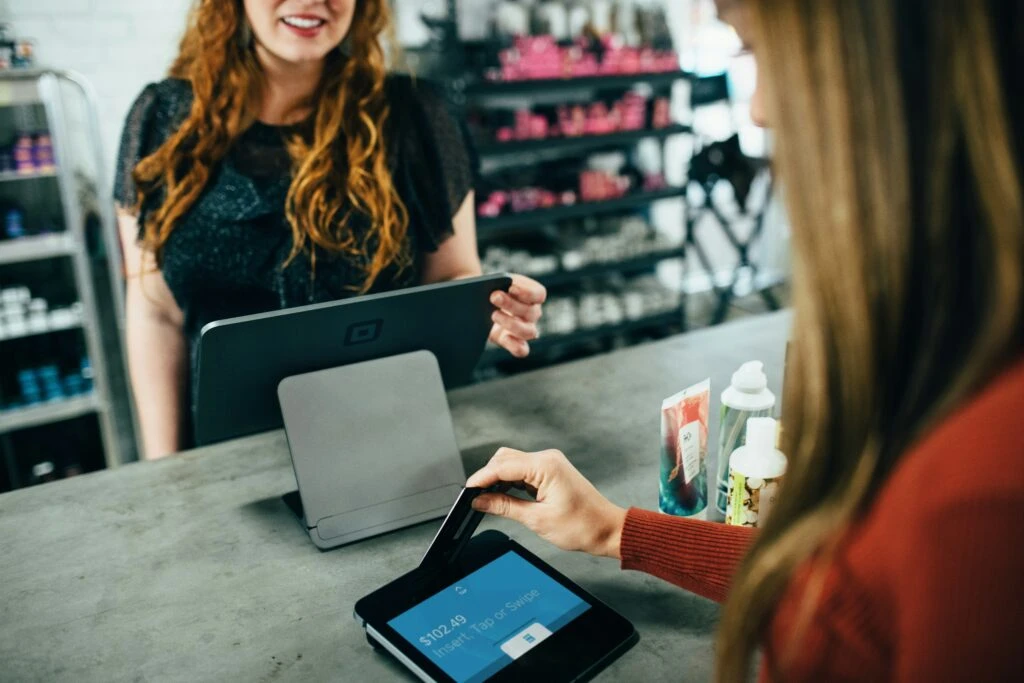
| Model | How it works | When to use |
|---|---|---|
| Points Program | Earn points per purchase and actions; redeem for discounts or items | High-repeat purchases; broad product range |
| Tier Program | Status levels unlock better benefits and experiences | Brands with varied spend patterns and aspirational value |
| Paid Program | Paid membership with ongoing perks; higher spend from members | Frequent buyers who value immediate benefits |
| Value Program | Donations or impact-based rewards tied to purchases | Purpose-driven brands and socially engaged audiences |
Customer trust, privacy, and security in loyalty apps
Trust starts with clear controls: secure storage, strict access rules, and easy recovery options. Most legitimate apps use encrypted storage, two-factor authentication, and vetted cloud services to keep personal and payment info safe.
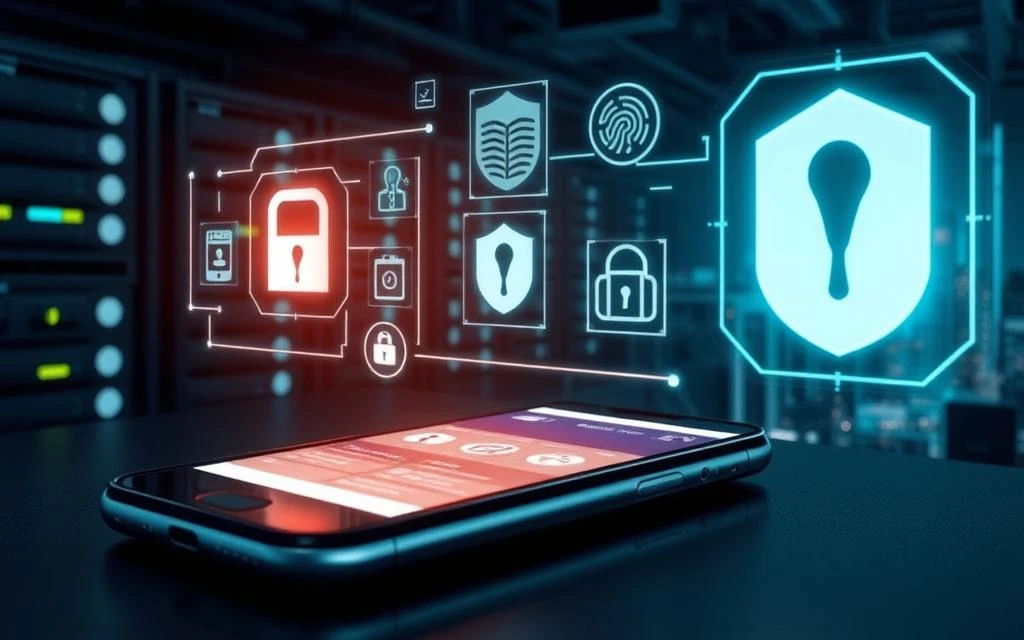
Make security a visible benefit. Only distribute your app through official stores. Teach users to avoid third-party clones and to check permissions before installing.
"Encrypt sensitive data, require 2FA for high-value actions, and publish a plain-language privacy policy."
- Encrypt data at rest and in transit; require 2FA for account changes and high-value redemptions.
- Use secure cloud services with regular audits, rotated keys, and least-privilege access.
- Tokenize digital card barcodes and QR codes; rate-limit attempts to block fraud in real time.
- Keep permissions minimal and explain why you need each one to unlock clear benefits.
- Publish an in-app preference center so users manage data and communications themselves.
Train support teams to spot social engineering and run regular penetration tests. Review third-party SDKs and remove any that don't meet your security standards. Brands like Starbucks, H&M, and Nordstrom follow these practices to protect members and preserve trust over time.
Features customers expect from loyalty apps today
Top programs put mobile-first features at the center: wallet passes, instant pushes, and live point updates.
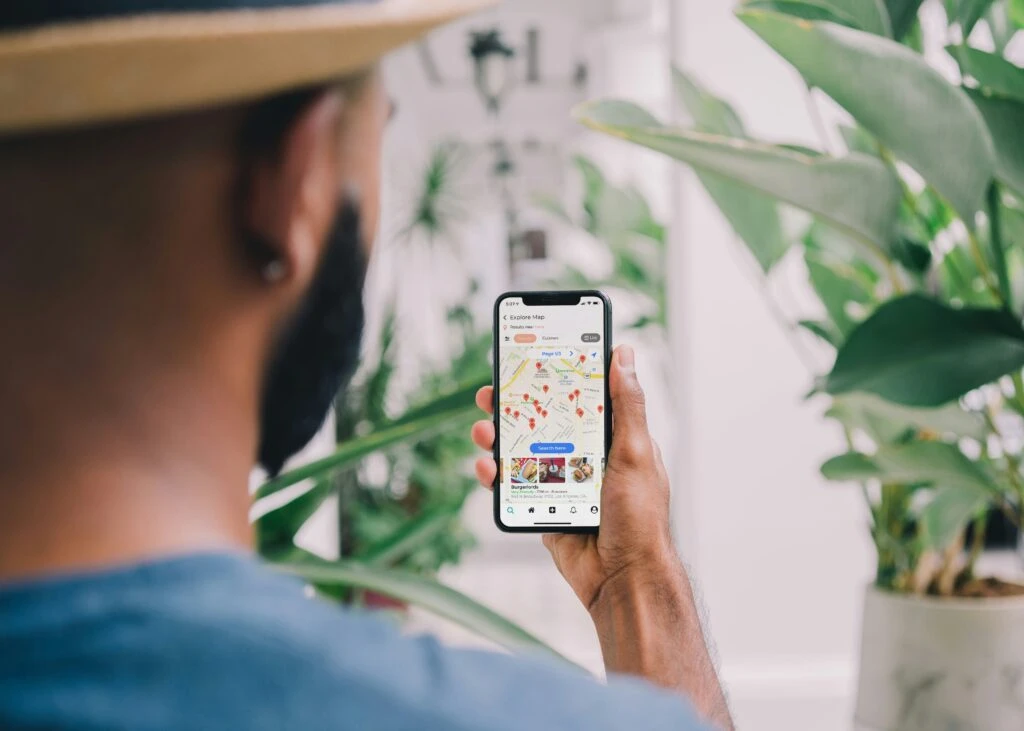
Mobile wallets, push notifications, and real-time rewards
Offer wallet passes so members add a digital card to Apple Wallet or Google Wallet and tap to redeem rewards at checkout.
Use real-time notifications to confirm points, remind members of expiring rewards, and nudge repeat orders when they’re near a store.
Personalization, gamification, and data-driven insights
Surface personalized feeds and offers from browsing, purchases, and stated preferences—think H&M’s “My Style” approach.
Gamify progression with tiers, badges, streaks, and visible point goals to motivate members toward the next reward.
Seamless UX: design, speed, and accessibility
Keep the app lightning-fast: minimize taps to earn, redeem, and access the barcode. Cache key screens so balances load offline.
Design for accessibility with clear contrast, large targets, and voiceover support. Include store maps, order history, and saved products to shorten the path to purchase.
- Unified wallet view: points, coupons, and vouchers combine at checkout.
- Data-driven reward timing for surprise-and-delight moments.
- Built-in support: chat and quick help for redemption and account issues.
Customer loyalty application: best-in-class tools by use case
Pick platforms that match how your business runs in-store, online, or both. Below are proven tools mapped to real use cases so you can match features to goals.

Brick-and-mortar friendly
Loyalzoo fits SMB retailers and food outlets with a digital punch card and simple points. It signs people up via POS and sends stamps by text or email. Pricing starts at $47–$77 per store.
FiveStars combines payments and rewards with autopilot campaigns. It boosts visit frequency and reactivates lapsed members.
Tapmango enables deep customization, birthday automations, and fast setup across multi-store franchises.
Restaurants & online ordering
Thanx auto-enrolls online orders, builds profiles, and powers non-discount rewards like a hidden menu. It also supports cart-abandonment flows to recover orders.
Omnichannel & e-commerce
Kangaroo Rewards and Marsello sync points, redemptions, and notifications across channels. They integrate with common POS and trigger timely marketing when members earn new rewards.
LoyaltyLion is Shopify-first for e-commerce brands that want insights and reward actions across the buyer journey.
Enterprise & simple punch cards
Antavo suits enterprise fashion and retail with gamification, NFC, and rich integrations. Loopy Loyalty gives small stores a fast, low-cost punch-card option.
- Tip: map must-haves—POS compatibility, order syncing, multi-location support—then pilot before full rollout.
Real-world inspiration from brand apps that engage customers
Real brand apps turn routine buys into meaningful interactions. They mix instant wins with higher-value access so members keep returning.
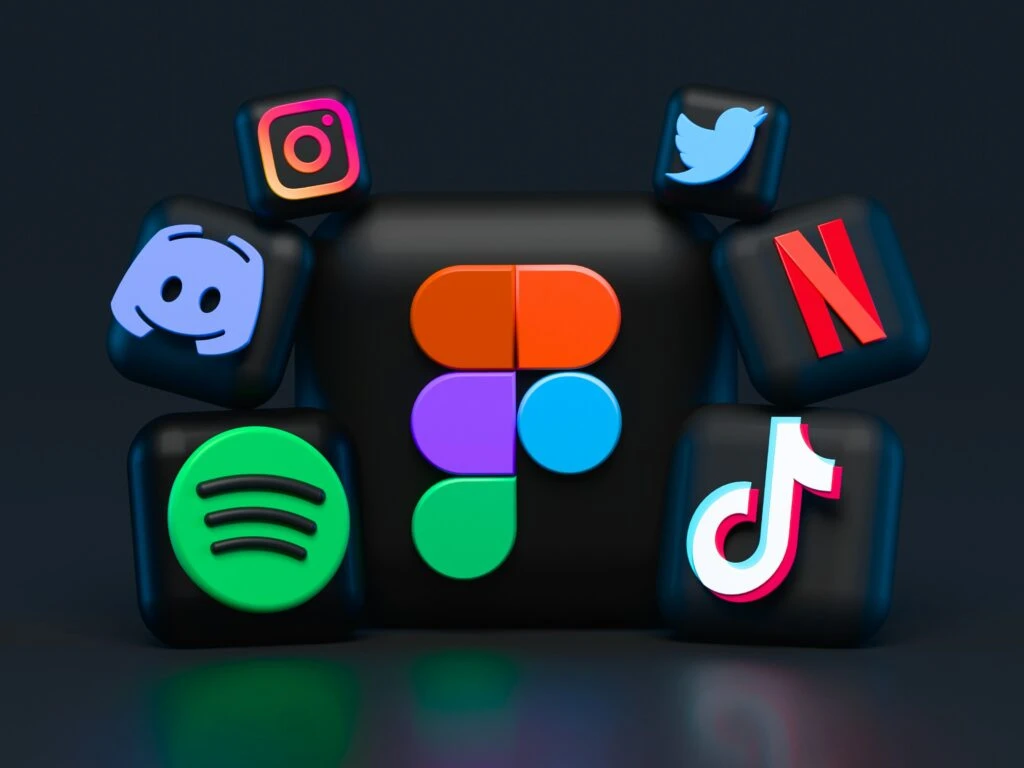
Starbucks Rewards: stars, mobile ordering, and behavioral insights
Starbucks ties Stars to mobile orders and in-app payments. Earned Stars redeem for drinks, food, and merch.
Why it works: mobile orders create a habit loop and feed behavioral analytics for timely offers.
H&M and Tesco: mobile-first access, points, and wallet integrations
H&M bundles shopping, a personalized feed, push notifications, maps, and orders in one app. Tesco’s Clubcard stores vouchers and coupons and adds a scannable card to Apple Wallet and Android Pay.
That reduces friction at checkout and makes in-store redemption effortless.
Tiered and experiential models: Sephora, The North Face, and travel brands
Sephora’s Beauty Insider uses tiers, a Rewards Bazaar, and exclusive events to create community and status. The North Face converts points into field tests, trips, and early access to limited products.
Airlines and travel programs like Alaska Mileage Plan and Expedia Rewards add elite perks, upgrades, and savings that lock bookings into their ecosystem.
- Takeaways: clear points currency, mobile ordering, visible progress, and personalized nudges drive engagement.
- Mix short-term wins (free items, vouchers) with aspirational benefits (VIP events, experiences) to sustain interest.
- Match rewards to your products and audience—wallet passes for grocery, experiences for outdoor and beauty.
How to choose the right loyalty platform for your business
The fastest wins come when you match platform fit to purchase cadence and store footprint.
Start by asking where and how often people buy. Food, beauty, wellness, apparel, and subscription services see the biggest gains from a loyalty program. Frequent buys make rewards habit-forming.
Next, map integrations and data needs. Pick vendors that plug into your POS and e-commerce stack. Examples: Kangaroo with Lightspeed, Tapmango with major POS, and LoyaltyLion for Shopify. Confirm who owns the data and that you can export it.
Scalability: SaaS pilots vs custom builds
SaaS platforms launch fast and prove value. Entry-level options (Loyalzoo, Kangaroo, Marsello) help validate ROI. Move to custom only when you need deep differentiation or unique integrations.
| Platform Tier | Pricing (typical) | Key Integrations | Best fit |
|---|---|---|---|
| Entry SaaS | $47–$135 / store | POS, basic e-comm | Single store, quick pilots |
| Mid-market | $59–$299 / mo | POS, e-comm, CRM | Multi-location retailers |
| Enterprise | $359–$1,650+ / mo | ERP, custom APIs | National brands, heavy integrations |
- Check reporting: cohort views, sales attribution, churn risk.
- Plan growth: support tiers, new reward types, and channels.
- Run a pilot: set metrics before signing long-term.
"Clarify data ownership and export rights before launch."
Implementation roadmap: from pilot launch to full-scale engagement
Launch small, learn fast, and scale only when your metrics prove the model works. Start with a tight pilot that focuses on enrollment flow and quick wins. That approach limits risk and gives teams actionable data.
Critical milestones: enrollment, rewards design, and automated campaigns
Kick off a 90-day pilot. Define success: enrollment rate, activation, repeat rate, and incremental sales. Pick 1–2 segments to prioritize.
- Simplify signup: POS prompts, QR codes, and auto-enroll for online orders (Thanx can auto-enroll online ordering customers).
- Reward design: early, small wins to hook users plus mid-tier goals to drive ongoing participation.
- Automations: stand up welcome, birthday, and win-back flows—FiveStars and Tapmango automate campaigns and re-engage lapsed members.
Measuring retention, purchases, and lifetime value in real time
Instrument analytics from day one. Dashboards should show retention, purchases, LTV, and cohort trends so you spot issues early.
- Track weekly reports and test-and-learn cycles (A/B offers, timing, and channel: email vs. push).
- Monitor breakage and liability; tweak earn-and-burn economics to protect margins while keeping rewards attractive.
- Train frontline staff to promote enrollment and redemption confidently—store teams accelerate adoption.
"Use dashboards that combine behavioral profiles and spend data; those insights guide smarter offers and higher repeat sales."
Close the loop. Collect feedback after redemptions and iterate. When KPIs consistently beat targets, scale to more locations, add tiers, and expand integrations to bring the full program online.
Advanced tactics to increase customer loyalty and repeat purchases
Small, well-timed incentives often beat big, generic discounts for driving return visits. Use predictive models to send email and push offers when a buyer is most likely to convert. Timing often matters more than depth of discount.
Personalized offers via email, push, and SMS
Personalize across channels. Mirror offer logic in SMS for urgency, use email for storytelling and bundles, and push for quick reminders tied to location. Vendors like Tapmango and FiveStars automate these flows.
VIP tiers, events, and experiential rewards
Build VIP tiers with clear qualification windows and benefits. Sephora’s Beauty Insider shows how exclusive events and larger discounts at higher tiers boost engagement and spend.
"Layer experiences—workshops, trips, or behind-the-scenes access—on top of monetary perks to make membership meaningful."
- Rotate benefits to avoid fatigue; add seasonal and partner perks.
- Use milestone badges and surprise gifts to reward streaks and anniversaries.
- Pilot referral boosts for organic growth while protecting margins with rules: minimum orders, exclusions, caps.
| Tactic | Goal | Example |
|---|---|---|
| Predictive timing | Increase conversion rate | Email/push triggered by intent signals |
| VIP tiers | Raise repeat purchases | Sephora: tiered events & bigger discounts |
| Experiential rewards | Build brand attachment | The North Face XPLR Pass trips |
Your next step to elevate loyalty, engagement, and growth
Kick off a short pilot that prioritizes enrollment, early rewards, and simple metrics.
Start with a focused program that delivers clear benefits fast, using a SaaS platform to move from idea to market. Shortlist 2–3 vendors that match your footprint and tech stack, then run a tight 90-day test to validate uplift in repeat purchases and average order value.
Map the member journey from sign-up to first reward to VIP and remove friction at each step. Commit to ongoing optimization: test offers, refine tiers, and tune messages based on what your users actually do.
Keep trust front and center with transparent data practices and strong security. Train frontline staff to explain benefits in seconds and tie program KPIs to retention, repeat purchases, and margin so leadership sees real impact.
Ready to move? Define success metrics, empower an owner, and iterate—your customers are already telling you what they value. Deliver a program people open every day.
